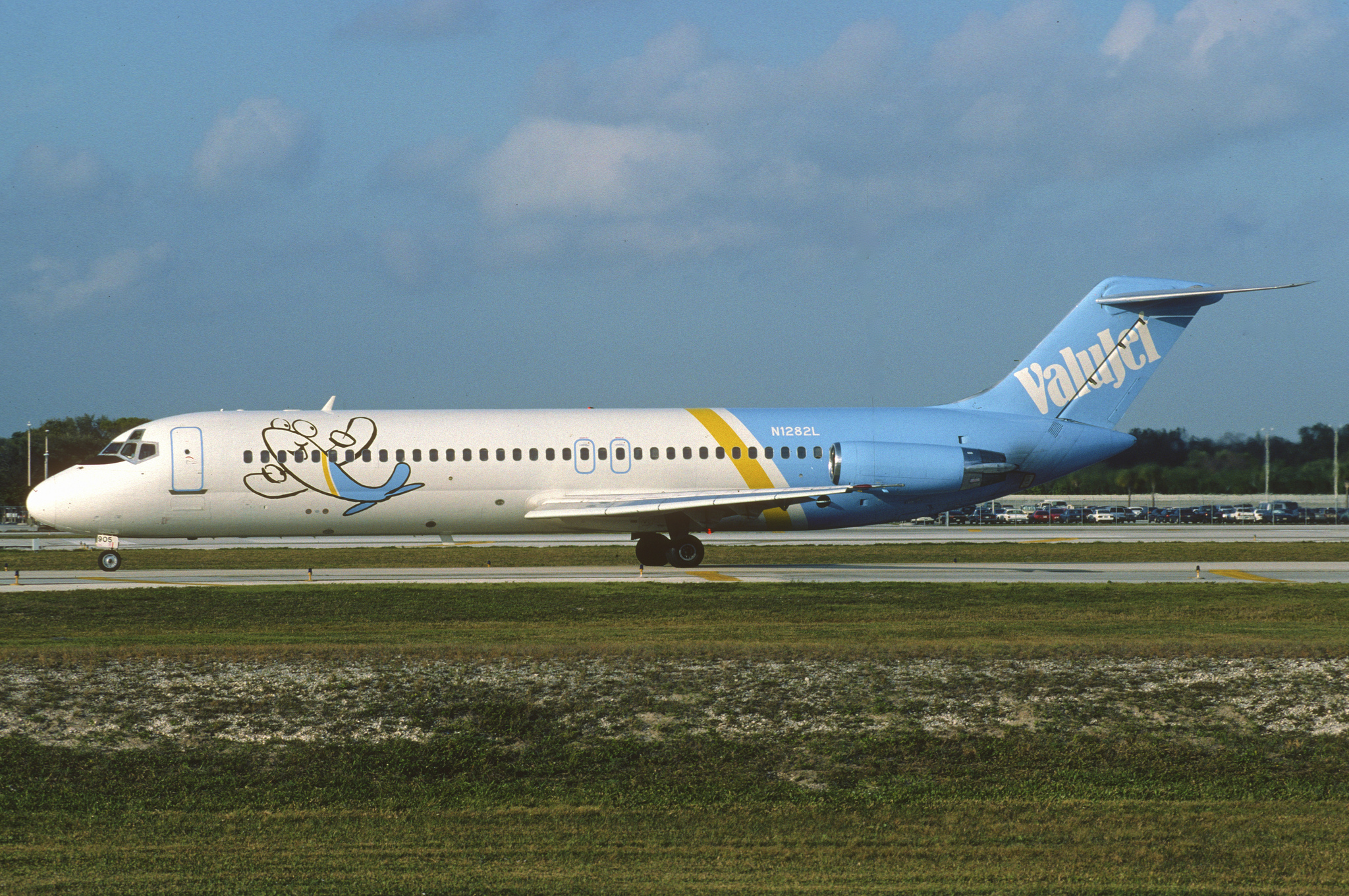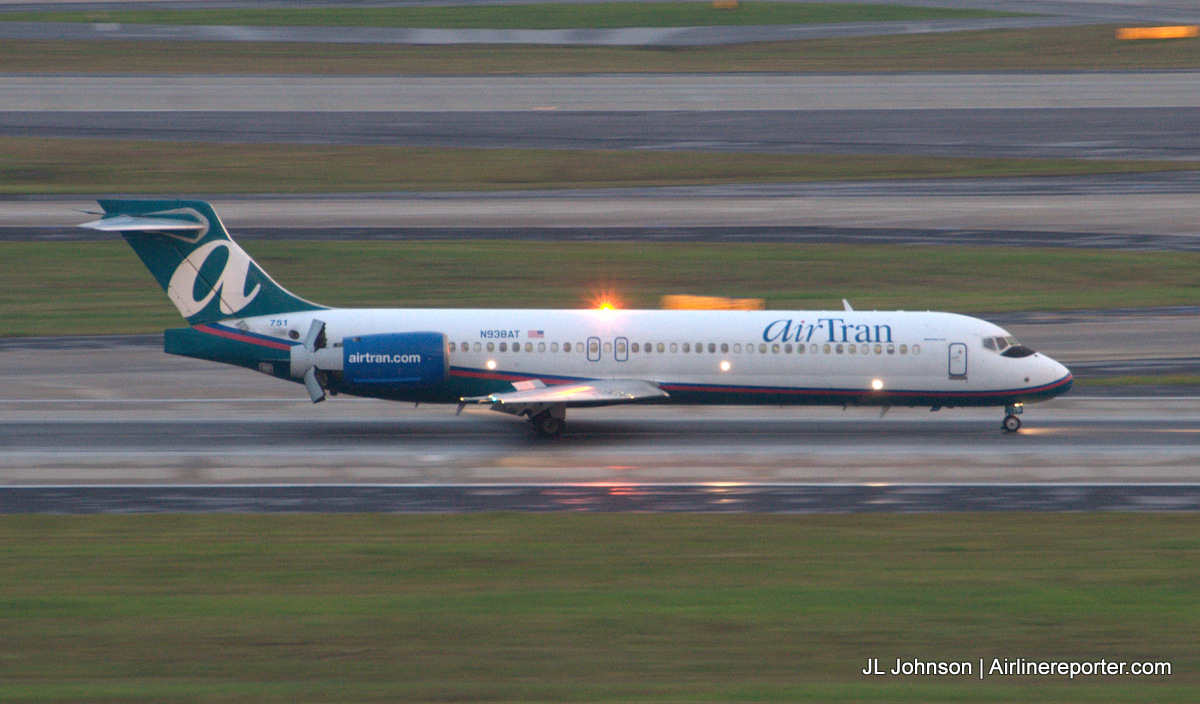On December 28, 2014, AirTran flight 1 departed Atlanta for Tampa, retracing the airline’s first flight and bringing an end to its remarkable history. I had the honor of being on that last flight and I am excited to share my story. But before I discuss the end of “the big little a” I’d like to first revisit the airline’s history. Because only through knowledge of the airline’s legacy can we truly understand the significance of AirTran’s retirement and integration into Southwest Airlines. So sit back, relax, and enjoy.

A ValuJet DC-9 – Photo: Courtesy of Aero Icarus
ValuJet: Fun and friendly’¦ And perhaps a bit dangerous.
AirTran traces its roots back to ValuJet, an Atlanta-based upstart with dreams of chipping away at Delta’s dominance right in its own backyard. Operations commenced with just a single DC-9, and its first flight was from Atlanta to Tampa on October 26, 1993. In just over a year the airline was solidly profitable and its route map had grown to 17 cities. But fast growth and aggressive cost-cutting practices quickly caught up to the Critter (ValuJet’s FAA call sign.) In the first few years of operation, the small airline had a markedly-high percentage of emergency landings, compared to its peers. In addition, an FAA study indicated that ValuJet dominated the accident data for low-cost carriers.
On May 11, 1996, ValuJet flight 592 went down en-route from Miami to Atlanta; all 110 on board were lost. This tragic, high-profile accident would focus attention on the airline, its maintenance practices, and ultimately lead to its grounding. After a month of investigations by the FAA, which reveled “serious deficiencies in its operation” ValuJet would voluntarily halt operations. But this wasn’t the end for the fledgling airline that had lost its way. Instead, it was just the beginning.
